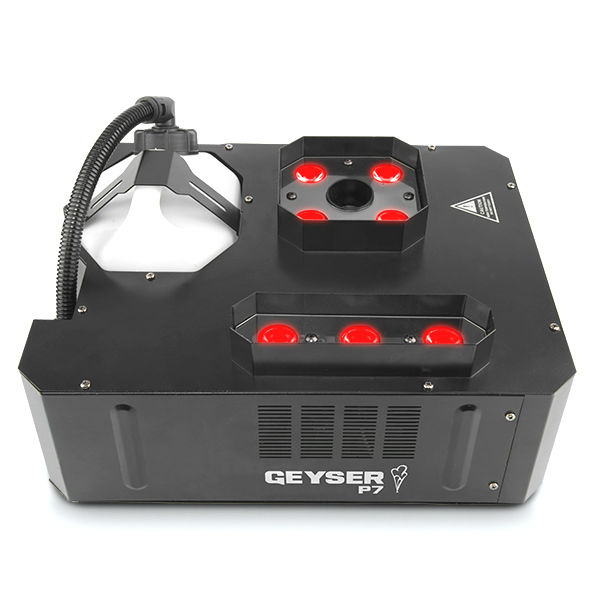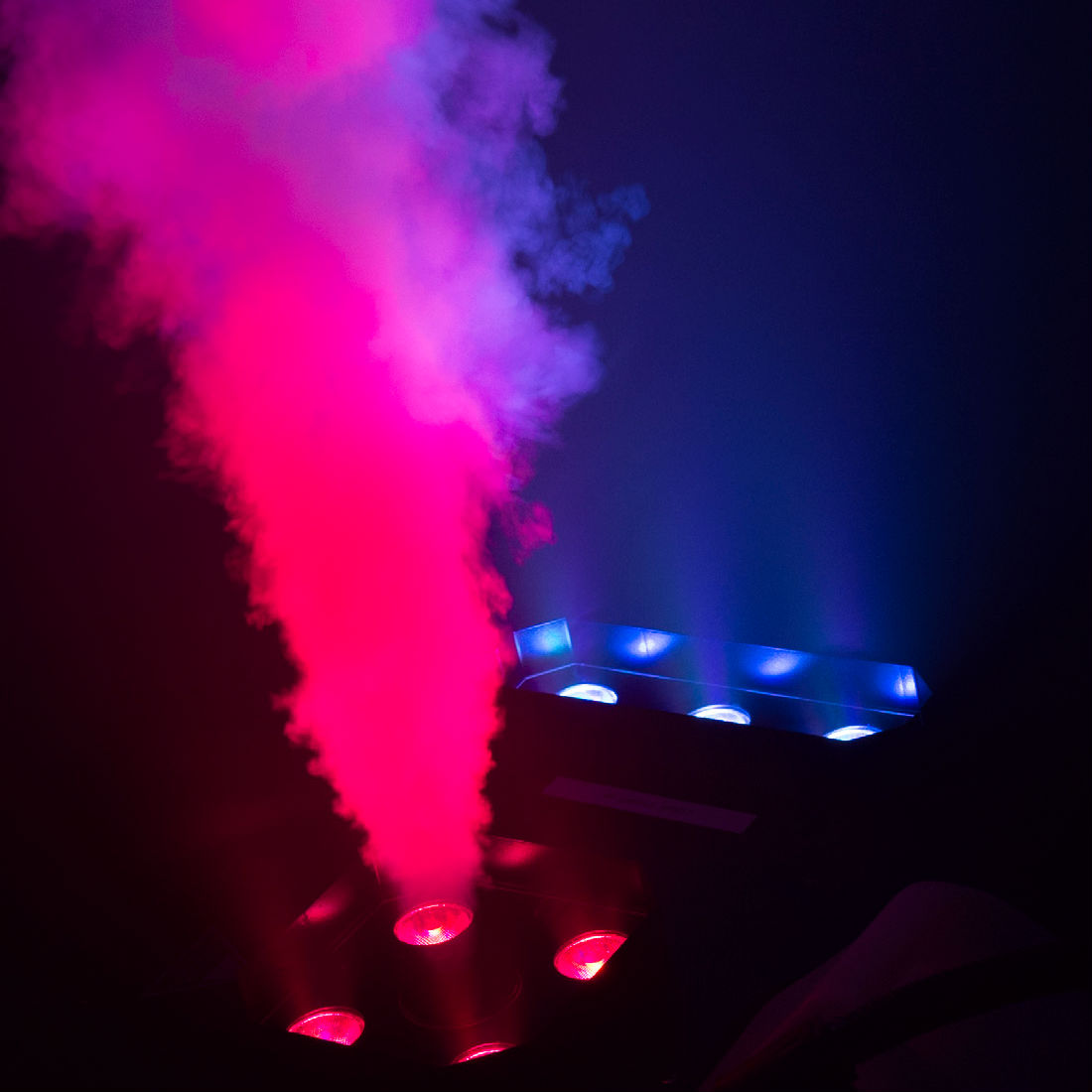Flame On!
Those of you who had the chance to attend the Halloween Show in Chicago this year (or any trade show this year, for that matter) probably noticed one type of item on display in almost every booth -- artificial flame lights. It's hard for me to believe how quickly these simple little effects have caught on. Just a few years ago, artificial flames were a specialty item used mainly in theatres to safely simulate a fireplace or brazier. Today, I see them being used in all sorts of creative displays.
We've discussed how the artificial flame works previously, so I'll just cover the basics quickly. The guts of any artificial flame unit consist of three components fan, lamps and flame. The fan is usually a small 120 volt fan. The light source varies but is most often three to four small 12 volt colored lamps. The flame itself is most often a piece of thin, white fabric. The lamps are arranged around the fan, pointing up; frequently, one will be near the center pointing straight up with two or three around the sides of the fan at an angle. The flame is attached to the fan so that it will flutter when the fan is blowing. This same basic design is how do-it-yourself technicians have created artificial fireplaces for decades.
As I stated, these little lights have caught on and are being used in a wide range of applications today. One reason for their current popularity is the availability of inexpensive, good-quality lights such as the Bob and Bob Jr. Prior to these lights coming to the market, a technician's choices were limited to building the effect himself or purchasing an expensive solution from an effects manufacturer. Now, a realistic simulated flame is available to companies with more moderate budgets.
One of the more frequent uses I've seen of the simulated flame is in artificial campfires for window displays. Because simulated flame units are reliable, and can run continuously for hours on end without needing a 'cool-down' period, stores feel more comfortable using them in displays that must run all day, every day. American Eagle and American Outfitters clothing stores, for example, used the Bob light in a recent window display for outdoor clothing. A particularly creative client of ours went so far as to build a special 'holder' for his artificial flame unit made from actual logs!
Another popular use of artificial flames is for mood lighting in nightclubs and restaurants. Candlelight is always moody and romantic, but many club and restaurant owners don't want the mess and potential hazards that come with using real candles in their places of business. Artificial flames solve this by providing a soft, ambient light that will never be spilled on the table, or set fire to the drapes. The Bob and Bob Jr. are great for this purpose, as each comes equipped with legs for table-mounting as well as hanging chains.
A few tips for working with artificial flame units are in order. First, remember that these effects work best when the viewer can't see the 'guts' of the device. This is avoided by either hanging the device above eye-level or building an enclosure around it like the 'artificial campfire' I mentioned earlier. Also, every flame unit will make some small amount of noise because of the fan -- the bigger the unit, the more noise it will make. For window displays, this shouldn't be a problem, but restaurant owners may want to consider this factor when deciding where to place the units. In general, the noise from the Bob light is not much more than a small window-fan set at medium speed.
Finally, be creative! Now that artificial flames are so popular, there is some risk that your display could come across as 'boring.' This is especially true if you just plonk the flame unit into your display with no thought about how it should be included with the overall theme. The easiest way to jazz up a flame unit is to build a custom holder for its 'guts.' I'd love to see an artificial flame unit used in the mouth of a giant Tiki statue, or as the engine of a rocketship! Now that flame units are inexpensive and reliable enough for everyone to experiment with, the only limit is your imagination!
*********************************************
Theatre Effects Customer Service Department
service@theatrefx.com
www.theatrefx.com
Theatre Effects, 1810 Airport Exchange Blvd. #400, Erlanger, KY 41018
Phone: 1-800-791-7646 or 513-772-7646 Fax: 513-772-3579









